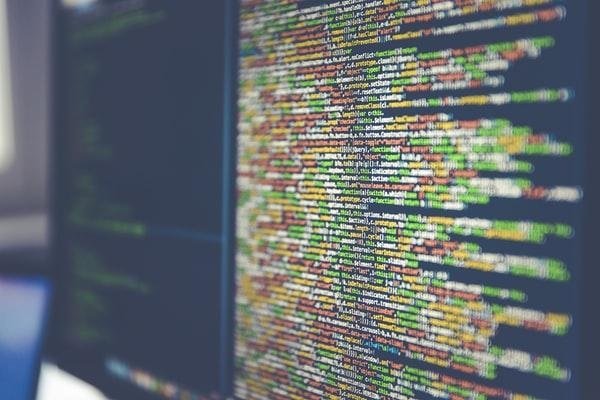What is data matching? Data matching is the process of combining data from two or more sources into a single, cohesive dataset. The process can be as simple as matching two columns of data, or it can be a more complex process involving multiple stages of data cleansing and transformation. Keep reading to learn more about the process, including the different types of data matching and how the process can be used to improve your data analysis.
How does data matching work?
The first step in data matching is to create a data set that contains all of the data that will be used in the match. This data set may be a list of customer records from a customer database, a list of products from a product catalog, or any other list of data that needs to be matched.
The next step is to create a matching algorithm on a work computer. A matching algorithm is a set of instructions that is used to compare two or more data sets and identify matches and potential matches. There are many different algorithms that can be used for the process, but some of the most common algorithms are the Levenshtein distance, the Jaro-Winkler distance, and the cosine similarity algorithms.
Then, compare the data sets using the matching algorithm. The matching algorithm will compare the data sets and identify all of the matches and potential matches. The matches and potential matches will then be listed in order of similarity.
The final step is to review the matches and potential matches and decide which ones should be connected. The matches and potential matches can be connected manually or automatically. Manual connection is when a human reviews the matches and decides which ones should be connected. An automatic connection is when a computer program reviews the matches and decides which ones should be connected. An automatic connection is usually more accurate than a manual connection, but it can be more expensive and time-consuming.
What are the benefits of data matching?

Data matching is a process of comparing data from two or more data sources to identify and/or merge records that are believed to be the same. The benefits of data matching include:
- Increased accuracy of data. By identifying and/or merging records that are believed to be the same, you can increase the accuracy of your data.
- Increased efficiency. It can help you streamline your processes by reducing the need for manual input or duplicate processing.
- Reduced costs. It can help you reduce costs by minimizing the need for manual intervention and increasing the accuracy of your data.
- Improved decision-making. With accurate, timely data, you can make better decisions based on reliable information.
Which industries are best suited for data matching?
One industry that can benefit from data matching is retail. Retailers can use data matching to identify customers who have made purchases at multiple stores within the same chain. This allows the retailer to create a complete customer profile and offer targeted promotions based on previous purchase behavior. Another industry that can benefit from data matching is insurance. Insurance companies can use data matching to identify potential fraudsters. They can compare customer information against known fraud patterns in order to determine if any suspicious activity has taken place. Data matching can also be used to verify information provided by policyholders, such as their age or address.
How can you improve the accuracy of your data matching?

There are several ways that you can improve the accuracy of your data matching: The first step in improving the accuracy of your data matching is to use a more comprehensive dataset. This will help to ensure that you have as much information as possible about each entity that you are trying to match. The second step is to use better algorithms for matching your data. This will help to ensure that your matches are as accurate as possible. The third step is to perform manual checks on your matches. This will help you to identify and correct any inaccuracies in your data.
Data matching is important because it allows businesses to keep track of their customers and to keep them updated on the latest products or services that they offer. Overall, data matching is an important process that allows businesses to keep track of their customers, employees, and operations.

